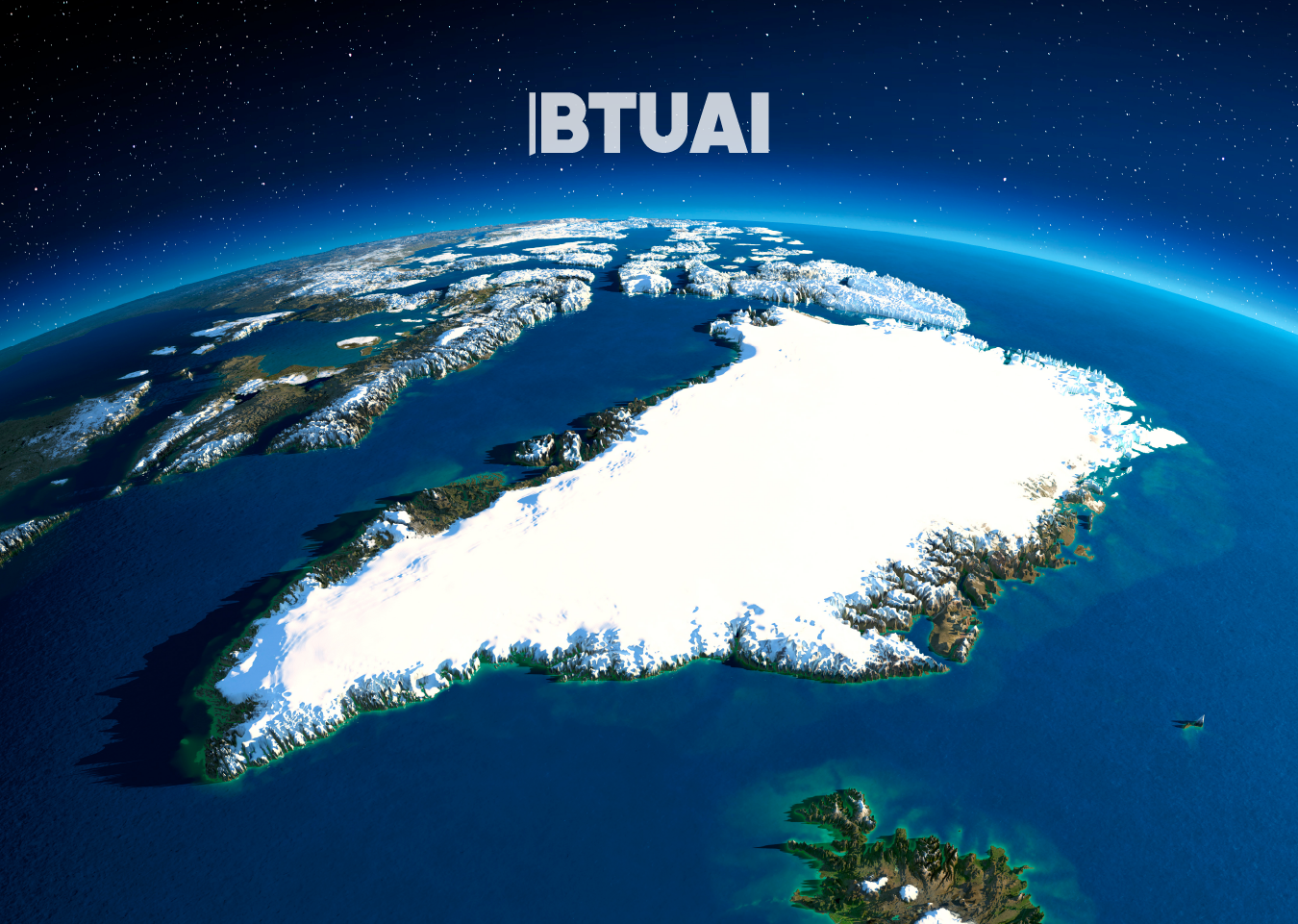The Forgotten Occupation in the Arctic: How Greenland Became a Secret Front of the Cold War
In the spring of 1953, the small Greenlandic settlement of Uummannaq, located approximately 700 miles north of the Arctic

In the spring of 1953, the small Greenlandic settlement of Uummannaq, located approximately 700 miles north of the Arctic Circle, was completely depopulated within four days. At that time, the Cold War was entering an increasingly active phase, and American military strategists identified this remote settlement, perched at the edge of the ice sheet, as an ideal location for missile defense against potential Soviet attacks. Consequently, 116 local residents were forced to abandon their lands, ancestral gravesites, and homes. Generations of Greenlanders were relocated to a glacial plateau 80 miles away, where they were resettled in the newly established town of Qaanaaq, provided only with temporary tents for shelter.
This episode forms part of one of the United States’ most significant, yet least publicized, Cold War military projects. Thule Air Base—known today as Pituffik Space Base—became one of the U.S. military’s most secretive Arctic installations. It hosted a network of radar systems tasked with the early detection of Soviet missile launches. Beyond its defensive function, the base also served as a center for nuclear experiments and covert operations, activities of which neither the Danish government nor the local Greenlandic population were fully informed.
During the 1950s, the base also became the site of “Project Iceworm”—an ambitious but ultimately unrealized plan to construct a network of nuclear missile launch facilities beneath the Arctic ice. Although the project was never fully implemented, it posed significant threats to both the fragile ecosystem and the wellbeing of the indigenous Greenlandic population. In 1968, a further catastrophe struck when an American B-52 bomber crashed near the base, releasing nuclear material into the sea. Subsequent investigations revealed that the radioactive debris had contaminated marine life on the seabed, including clams and other benthic organisms.
In recent years, the legacy of the U.S. military presence in Greenland has reemerged as a contentious issue. In 2023, U.S. Vice President J.D. Vance visited the Thule/Pituffik base, an event that not only reignited discussions on Arctic security but also reopened historical wounds for many locals. For a segment of the Greenlandic population, the base remains a potent symbol of occupation and displacement.
Beyond the enduring social trauma, these events have also raised fundamental questions regarding Greenland’s sovereignty. While some Greenlanders view American investment and the development of tourism with cautious optimism, others perceive the continued U.S. military interests as infringements on their national autonomy. The controversy was further exacerbated by former President Donald Trump’s widely publicized proposal to “purchase” Greenland—a suggestion that was deeply offensive to many and reopened painful historical memories.
Although Denmark officially apologized to the displaced Greenlanders in the early 2000s and offered compensation of 500,000 kroner to each affected individual, the wounds of the past remain unhealed. Today, Pituffik Space Base continues to operate, hosting approximately 150 military personnel. It is still considered a strategic node for international security, yet the social and historical dynamics surrounding it serve as a lasting reminder of the costs that geopolitical maneuvering imposed on a small and vulnerable community.
This is not merely a story of the past. In the twenty-first century, Greenland remains a focal point of global power competition—its geostrategic significance only increasing as polar ice continues to melt. In this context, remembering these historical injustices is not only a matter of historical accountability but also essential for shaping a more conscious and equitable future.
Based on reporting by The Washington Post.




